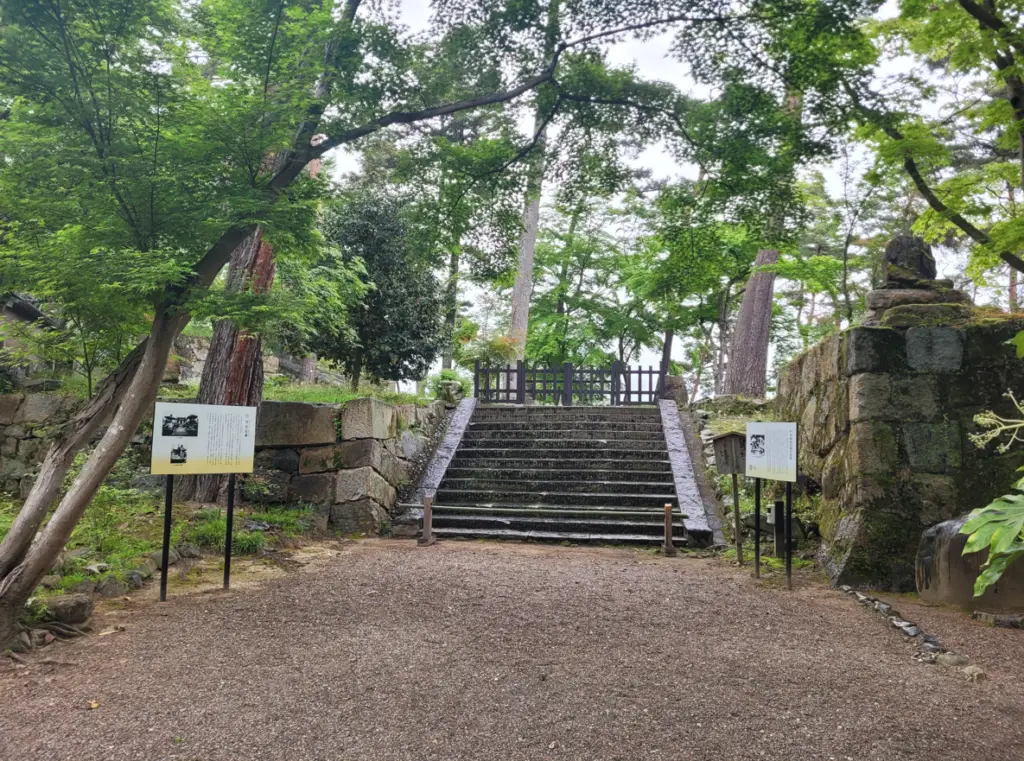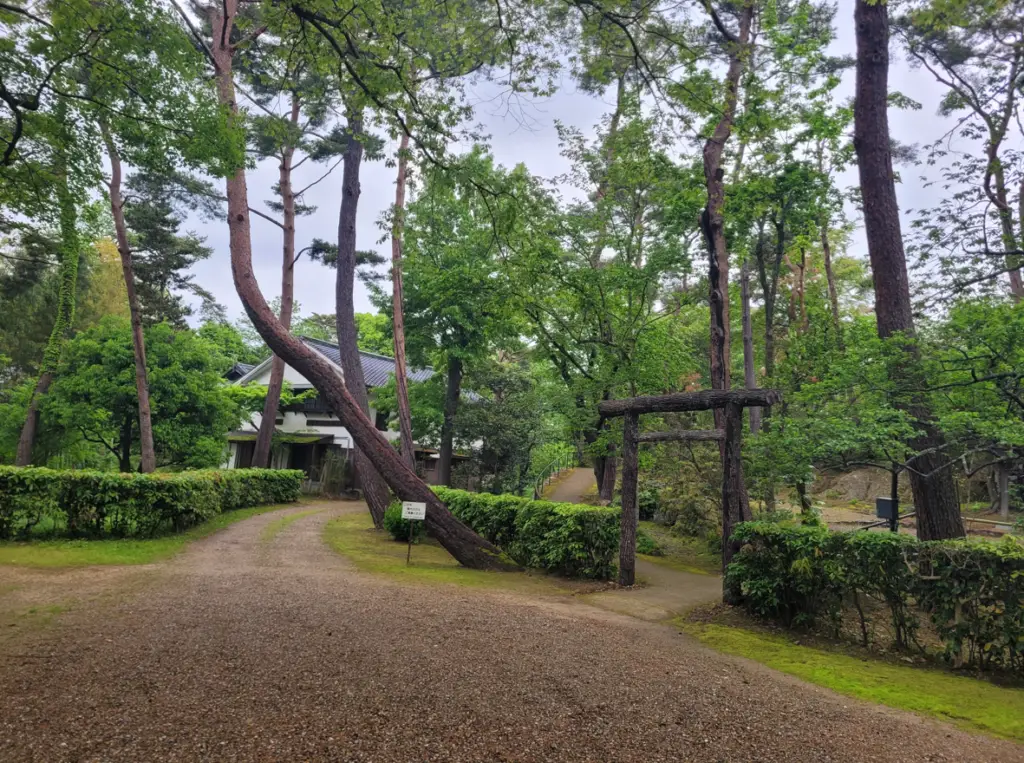A 16th Century fortress built by Oda Nobunaga, one of the Three Unifiers of Japan, the Tanba Kameyama Castle Ruins still remain to this day.

Located a short walk from Kameoka station, the Tanba Kameyama Castle Ruins is a historic site from the Oda Nobunaga era. Not much remains of the main castle structure itself, but the foundations of the castle still stand strong hundreds of years later, albeit a little molded and rusty now.
A Brief History

A somewhat controversial figure in history, Akechi Mitsuhide served as one of Oda Nobunaga’s samurai generals during the late 1500s.
Despite serving one of the Three Unifiers of Japan during his time in office, he is also the man responsible for the death of Oda Nobunaga, ambushing him in Kyoto and forcing him to commit seppuku (honorable suicide by sword).
While much mystery surrounds the reason for Akechi Mitsuhide’s betrayal (some believe it was justified), he is still a prominent figure who aided in the unifying of Japan.
Tanba Kameyama Castle was awarded to Akechi Mitsuhide by Oda Nobunaga in 1582 for his successful military campaign in defeating the rebellion of the Akai clan.
A History of Intense Battles

Originally known as Kameyama Castle but renamed Tanba Kameyama Castle to avoid confusion with other castles of the same name, this fortress was used as a front base for Akechi Mitsuhide to conquer the Tanba region.
Tanba Kameyama Castle was used as the first line of defense to guard the northwest passage into Kyoto, serving its purpose for three hundred years up until its demolishment in the 19th Century as the peaceful days of the Meiji Era commenced.
Peaceful Walks and a Wooden Shrine?

Despite the many battles that would’ve taken place here, Tanba Kameyama Castle Ruins is now a peaceful and serine place with nice walking paths where you can embrace the natural surroundings and admire the vintage structures.
There is also a wooden torii gate here which I found quite interesting as it’s something I’ve never seen before. Surrounded by trees and bushes, it blends in brilliantly with the background to create a kind of camouflaged effect that I thought was quite charming.
Serine Gardens & Ponds

What I really like about the Tanba Kameyama Castle Ruins is how naturally beautiful everything looks.
Most of the greenery has been well-kept but not overly tampered with, giving you a sense of how things looked even during the days of Oda Nobunaga’s rule.
In addition to tranquil walking paths around the castle ruins, there are also ponds with lavender gardens and bonsai trees that invoke feelings of peace and serenity.
Be Mindful!
While the Tanba Kameyama Castle Ruins are open to the public, it is important to obey the signs as you walk along the grounds.
You will typically find signs such as these outside of these minkas (traditional Japanese-style houses with tatami mats and sliding doors) that read “This is not a tourist area.”
So long as you avoid entering these properties (of which there are many) then you should be fine. Also, be sure to avoid taking photos wherever you see the “no photos allowed” signs!

Of course, if you are planning to visit Japan, you’ll need a way to get around the country as efficiently and affordably as possible. Japan Rail provides an abundance of travel passes to suit your travel needs. So whether you are traveling individually or as a group, the JR Pass is every traveler’s go-to for getting around and making the most of your time in Japan!
